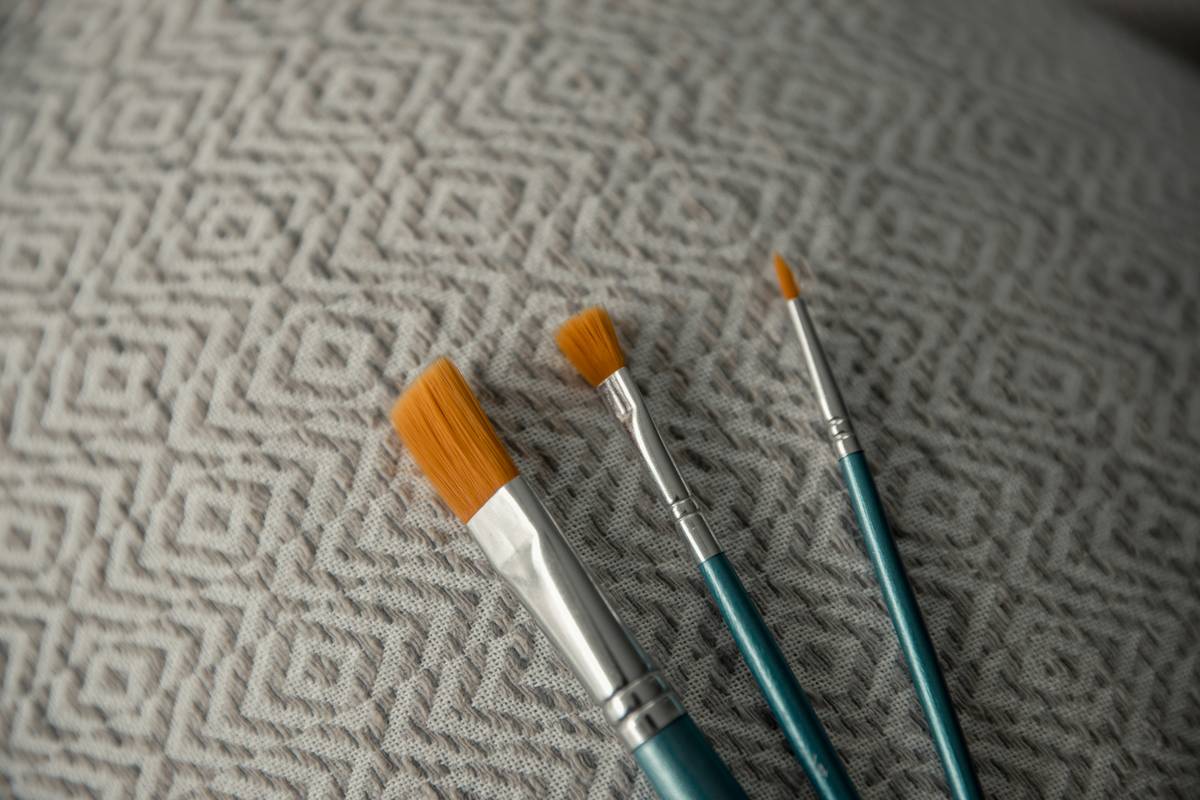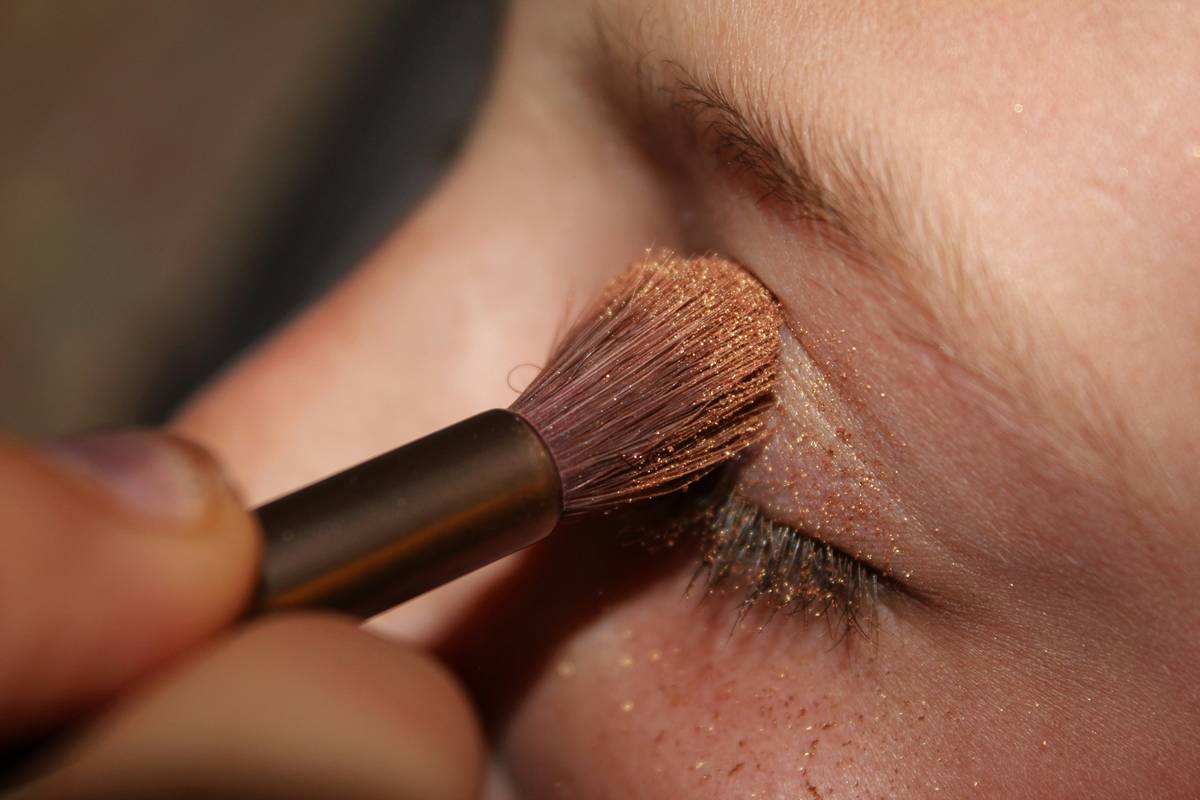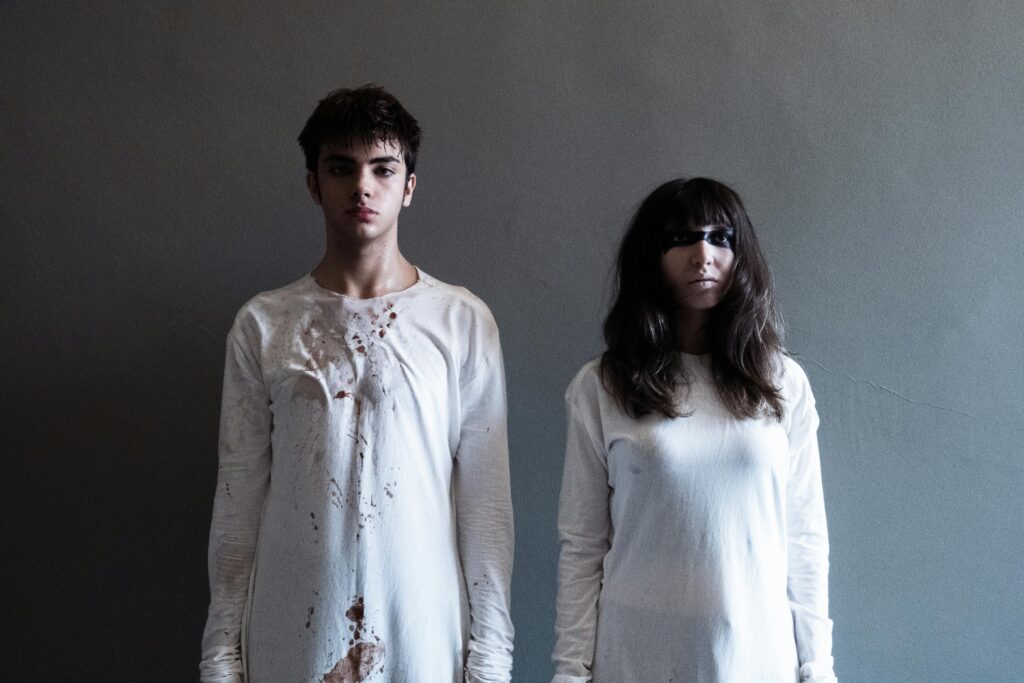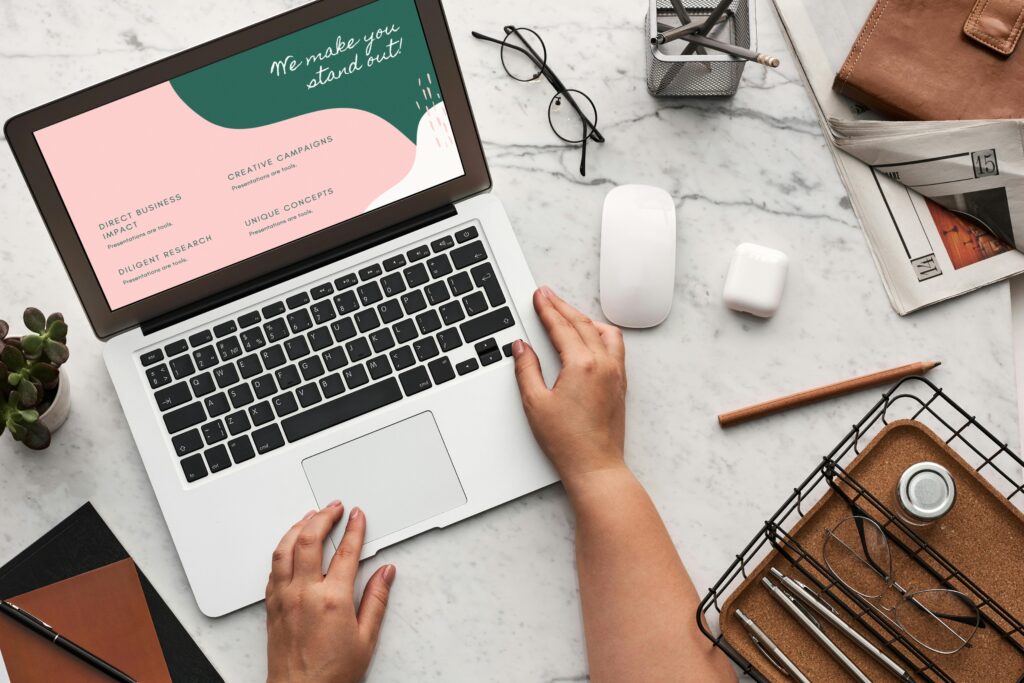Table of Contents
- Introduction
- Key Takeaways
- Why Unique Makeup Textures Matter
- Step-by-Step Guide to Mastering Unique Textures
- Tips and Best Practices for Flawless Application
- Real-Life Examples of Editorial Magic
- FAQs About Unique Makeup Textures
Introduction
Ever slathered on a foundation only to have it feel like pancake batter instead of second skin? Or smudged glittery lipstick, hoping for that “editorial glow,” but ended up looking more disco ball than dreamy diva? Yeah, us too. Finding the right balance between bold creativity and flawless finishes is a game-changer in editorial makeup—and unique makeup textures are your secret weapon.
In this guide, we’re diving deep into the art of creating jaw-dropping looks with unique makeup textures. From creamy metallics to velvety mattes, you’ll learn how to elevate your skills and nail those high-fashion vibes every time. By the end of this post, you’ll know:
- Why texture matters in editorial makeup
- A step-by-step process for mastering these techniques
- Bonus tips, tricks, and some brutal honesty about avoiding disasters
Key Takeaways
- Unique makeup textures are essential for standing out in editorial shoots.
- Proper prep and layering techniques can make or break textured looks.
- Kitchen tools (yes, seriously!) can be life-savers in unexpected ways.
Why Unique Makeup Textures Matter

Let’s get real—no one flips through Vogue or scrolls Instagram because they want to see flat, boring makeup. Editorial makeup thrives on drama, dimension, and storytelling. And guess what drives all three? Texture.
Textures create visual interest, turning a simple cat-eye into an avant-garde masterpiece. Think glossy lids reflecting light just so, or shimmer particles catching the camera at perfect angles. It’s not magic—it’s method. But here’s where things often go awry…
I once tried using liquid highlighter as eyeshadow without primer. Spoiler alert: My eyelids looked greasier than a fast-food fryer by noon. Lesson learned? Always prep properly before experimenting with unique textures!
Step-by-Step Guide to Mastering Unique Textures

Step 1: Prep Like a Pro
Optimist You: “Prepping takes two seconds!”
Grumpy You: “Two hours if you actually want good results.”
Start with clean, hydrated skin. A hydrating primer creates a smooth canvas for creamy textures, while a mattifying base works wonders for powdery finishes.
Step 2: Layer Strategically
Use cream products first, then follow up with powder. This stops colors from muddying together and ensures longevity.
Step 3: Experiment with Tools
Sometimes, traditional brushes won’t cut it. For instance, spatulas (the kind used for frosting cakes) work great for laying down thick metallic pigments evenly.
Tips and Best Practices for Flawless Application
- Blend Until You Can’t Anymore: Seamless blending separates amateurs from pros.
- Don’t Overdo It: Too many textures can overwhelm the look. Less is often more.
- Set With Fixing Spray: Longevity isn’t optional in editorial settings.
Brutal Honesty Alert:
Glitter bombs sound fun until you realize you’ve glued yourself to everything within a five-foot radius. Pro tip: Use sticky tape, not glue, unless you enjoy prying fabric off furniture.
Real-Life Examples of Editorial Magic

Take Pat McGrath’s iconic holographic cheekbones—they’re practically legendary among editors. These looks scream innovation and rely heavily on mixed-media textures: think foils paired with gloss, metallic creams beneath translucent powders, etc.
Case Study:
Alexis flipped her career when she swapped regular shadows for DIY gel-based glazes infused with crushed pearls. Her clients couldn’t stop raving about the otherworldly glow!
FAQs About Unique Makeup Textures
Q: Are expensive products necessary for unique textures?
Nope! Drugstore gems like Wet n Wild MegaGlo Highlighter hold their own against luxury brands.
Q: How do I avoid patchiness with layered textures?
Always blend meticulously between layers and use thin coats rather than overloading product.
Q: What’s the worst mistake beginners make?
Mixing incompatible formulas. Liquid + powder = mud slide disaster.
Conclusion
We’ve covered why unique makeup textures rule the editorial world, walked through actionable steps, shared insider secrets, and even had a mini rant session. Remember, beauty doesn’t play safe—it experiments, evolves, and occasionally explodes (see: aforementioned glitter incident).
Now go forth and paint outside the lines—but maybe keep a lint roller handy.
P.S. Need inspiration? Here’s a little haiku:
Metallic meets matte, Layers tell untold stories, Editorial dreams.


